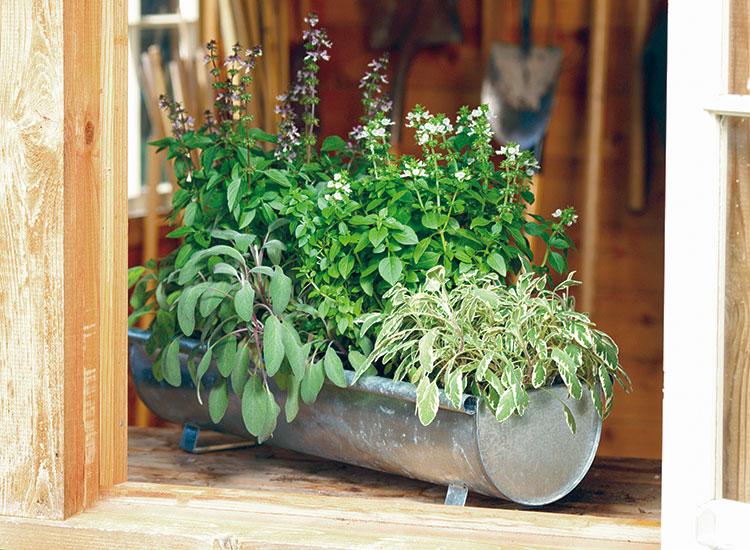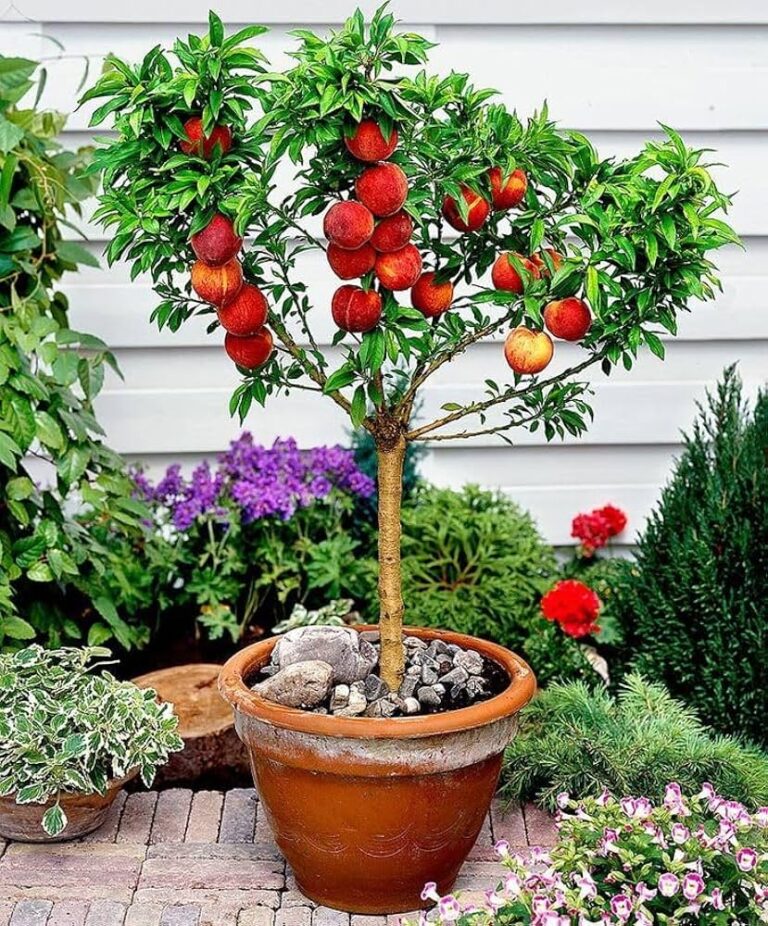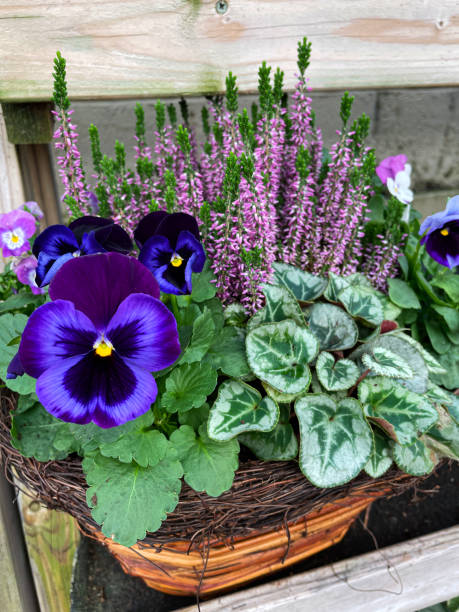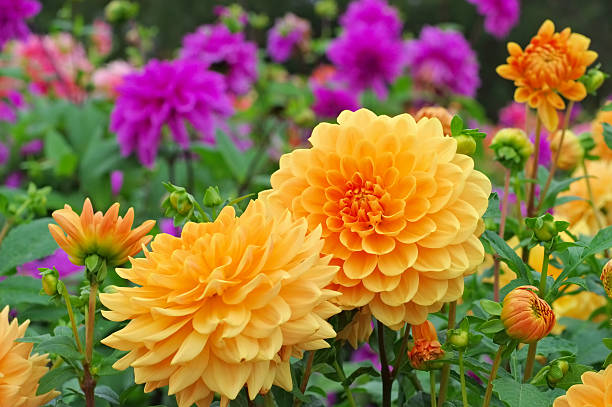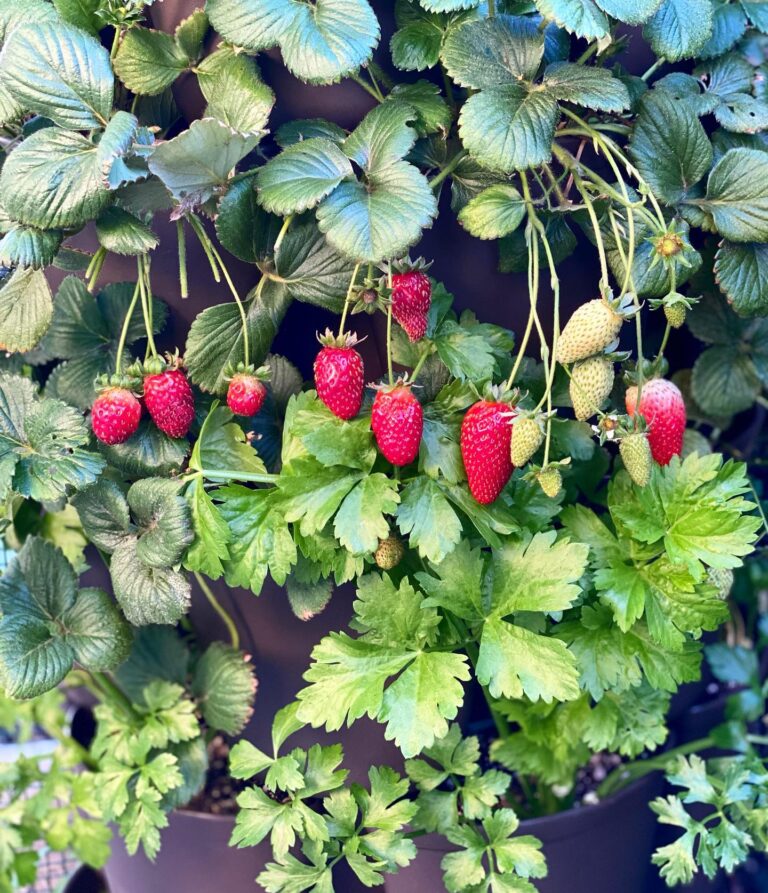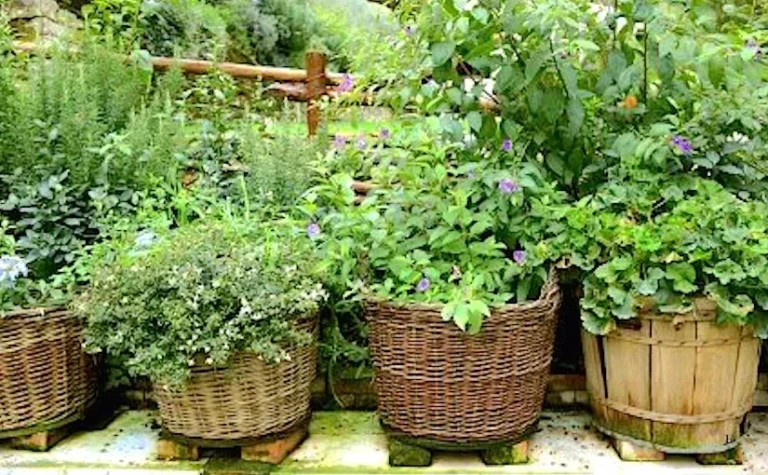Cold Hardy Vegetables for Fall and Winter Gardening
There’s something quietly magical about a garden that doesn’t quit when the weather cools. Most people pack away the tools after the first frost and wait out the long stretch until spring.
But if you’ve got a bit of patience and a few sturdy varieties, a whole second season of growing opens up right as the chill sets in.
I’ve been digging through seasonal gardening reads—Livingetc had a great winter garden feature not long ago—and it really made me pause. So much of what we grow doesn’t need sunshine and heat.
Some of the best flavour actually comes after a frost. Cold-hardy vegetables can hang on through snow, frost, and even a proper winter freeze, especially if you give them a little cover or choose the right spot.
Whether you’re working with raised beds in Auckland or tucked-up planter boxes in the Midwest, this kind of garden is all about resilience.
Let the Cold Sweeten Your Brassicas
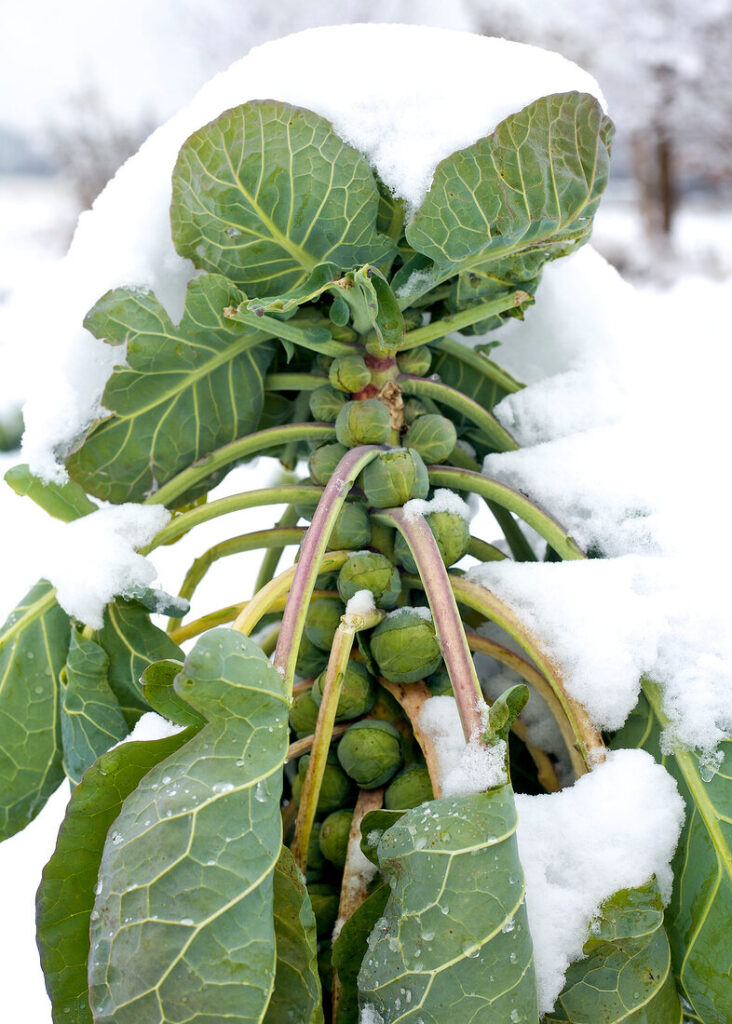
Brussels sprouts, kale, cabbage—these are the old soldiers of the garden world. Brussels sprouts in particular seem to love a good frost.
If you’ve never tried them after a snow dusting, you’re missing out. They mellow and sweeten up, taking on that nutty, buttery depth you just don’t get in summer.

We’ve even had success potting up the entire plant, stripping the leaves, and keeping it in a dark cool corner inside when it gets too cold to leave them out. It’s not glamorous, but it works.
You can stretch the harvest well into the new year with that little trick.

Root Crops That Thrive Under Snow
The ground acts like a natural fridge, which works in your favour. Beets, carrots, and parsnips don’t just survive the cold—they actually taste better when they’ve been through a frost or two.
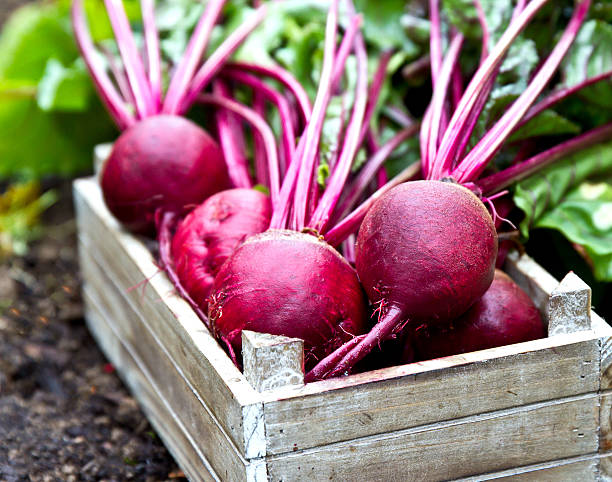
That’s because cold snaps help convert starches to sugar, turning these earthy roots into sweet little nuggets.
We usually leave ours in the soil until we really need them. Carrots picked in November are a whole different creature to the ones pulled in September.
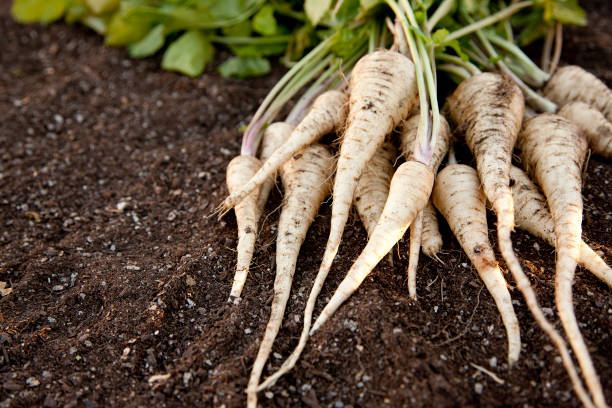
Turnips and rutabagas deserve a moment here too. They’re often overlooked but roast up beautifully, and they’re tough as old boots when it comes to weather.
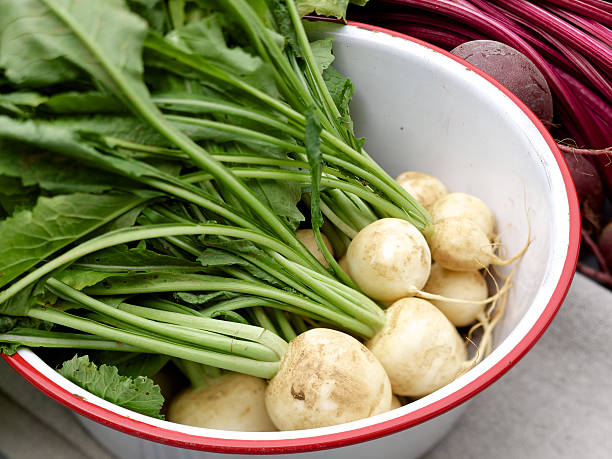
Don’t Count Out Potatoes
Now technically, potatoes are tubers, not true roots. But they’re still cold-smart.
They evolved high in the Andes where cold nights were the norm. We plant our early potatoes a few weeks before the last frost and start harvesting little new potatoes about eight weeks later. That first dig-up is always a thrill.
The storage varieties, though, we let go as long as possible—right up until the frost kills off the plants.
That’s when you know they’ve packed on their last bit of size and starch. Then it’s cure, sort, and store for the winter pantry.
Growing Potatoes in Fall and Winter

Now, most folks think of potatoes as a spring job—and yes, early planting gives you those sweet little new potatoes by early summer. But fall and even winter planting is totally doable in milder climates or with a bit of creativity.
Potatoes are tougher than they look. These little underground workhorses originally came from the Andes, where frosty nights were a given. That’s why they don’t mind a bit of chill.
If you’re in a frost-prone area, here’s how you can keep the potato party going later into the year:
For a Fall Potato Crop
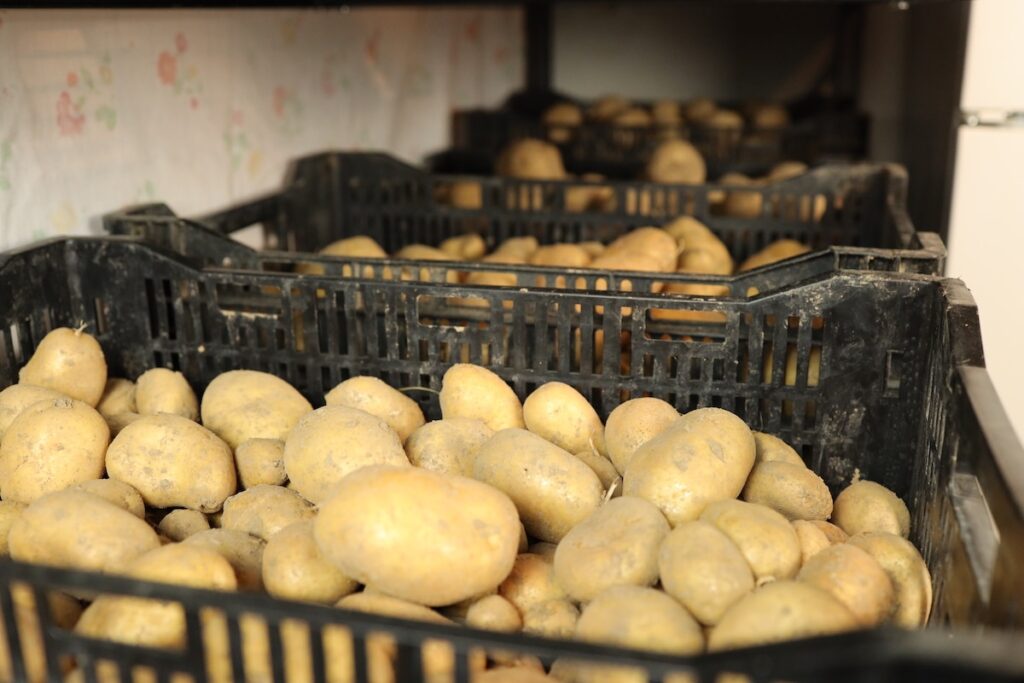
The trick is timing. You’ll want to plant your fall potatoes about 12–14 weeks before your average first frost.
That gives them enough time to grow before the cold halts progress. In zones 6 and up, this can mean late July or early August. In warmer zones, you’ve got a bit more flexibility.
- Use seed potatoes (not grocery store ones—they’re often treated to prevent sprouting).
- Cut them into chunks with at least one eye each and let them dry for a day.
- Plant about 10–15cm deep, and cover with loose soil and compost.
- Water regularly, especially during hot spells—but don’t drown them.
- Hill up soil or straw every few weeks to keep the tubers covered and protected.
When the vines start to yellow and die back, it’s time to dig. Just be gentle—fall soil is often a bit wetter, and potatoes bruise easily.
Overwintering Potatoes
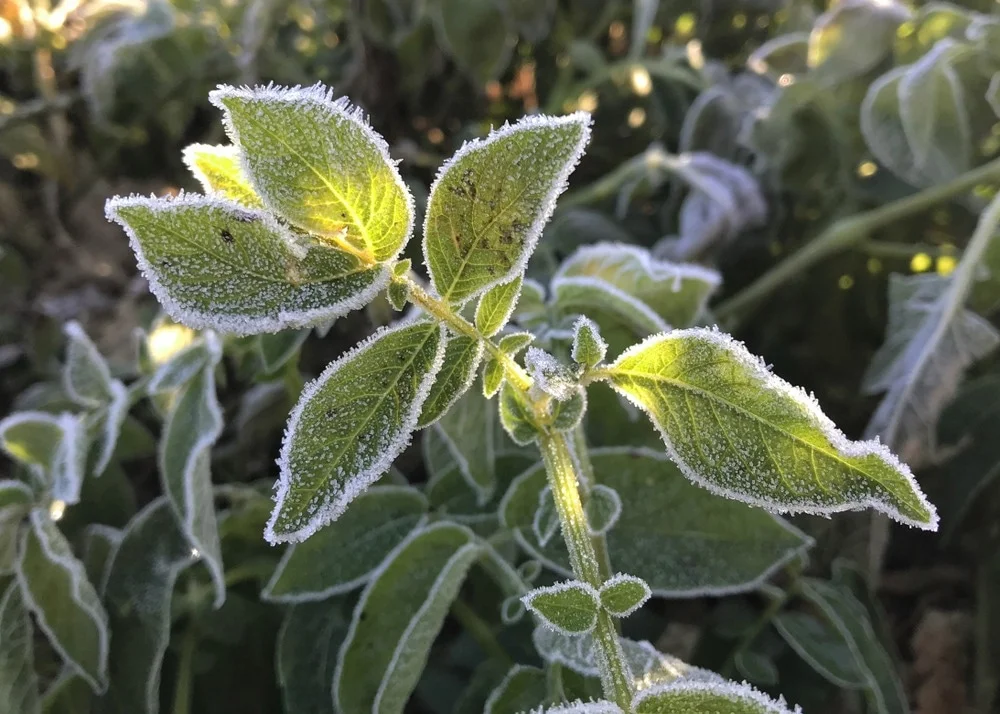
If you’re in a very mild climate (think Zone 8 and above), or you’ve got a greenhouse or deep raised bed, you can actually overwinter potatoes. Here’s how that works:
- Plant in autumn, just before your first light frost.
- Choose a sheltered spot—up against a house wall or in a cold frame works well.
- Mulch heavily with straw, leaves, or even wool if you’ve got it. This keeps the soil insulated.
- Keep soil slightly moist, but never soggy.
- Come early spring, once the soil warms up a bit, they’ll start pushing growth again—and you’ll get one of the earliest crops possible.
It’s a slower game than spring planting, but overwintering can give you strong early growth without needing grow lights or an indoor setup.
Leafy Greens That Don’t Mind the Freeze
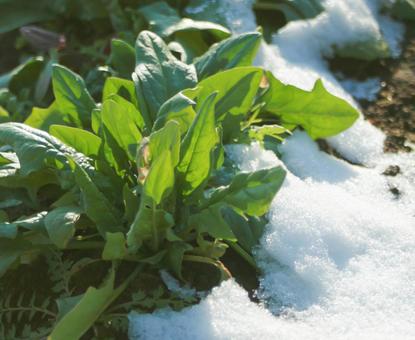
If you’ve got a cold frame, a greenhouse, or even just a light row cover, winter salad greens will reward you.
Spinach, mache (also called corn salad), claytonia, and arugula can push through even below-freezing nights, especially in zones 5 or warmer. And in milder winters, they don’t just survive—they grow.
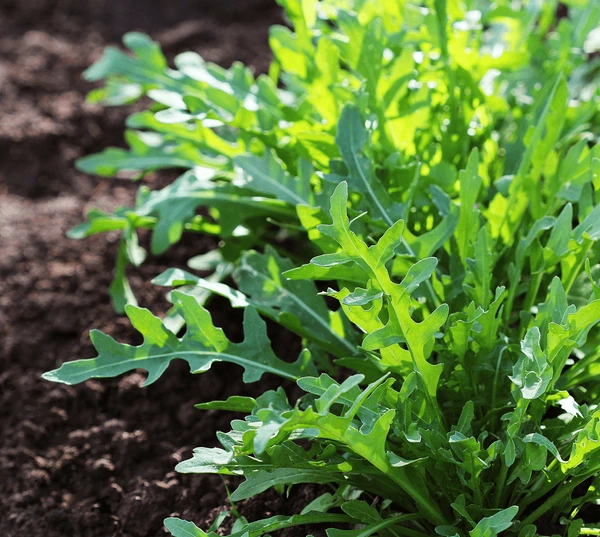
We trialled a few varieties in an unheated greenhouse one year. Even when temps dropped to -20°C, they kept ticking over, slowly but surely.
A handful of fresh greens in the middle of winter feels like such a luxury.
Asian Greens and Hardy Herbs
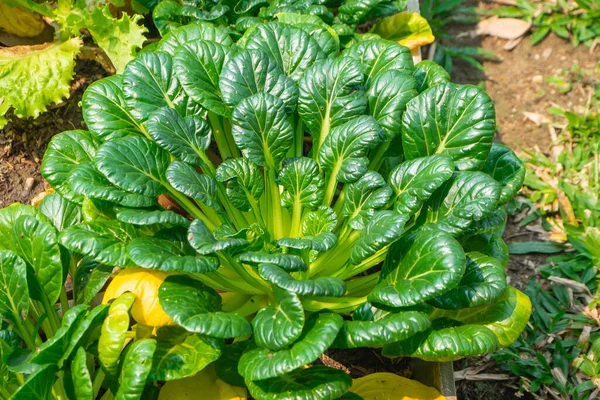
Asian greens like tatsoi and bok choy are surprisingly robust. Tatsoi has a lovely mild bite and does double duty in salads and stir-fries.
If you’ve got space, try a few rows under cloche or light cover—they’ll hold on right through late fall.
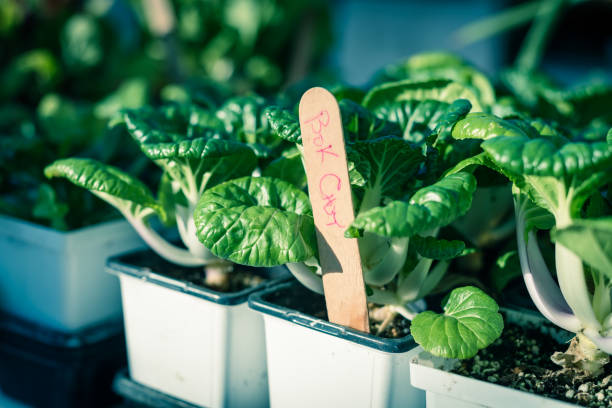
Cold-hardy herbs like thyme, sage, and chives will often keep growing into early winter.
Even in snowy areas, chives pop back up before almost anything else. Cilantro, too, loves a chill. It’s a bit fussy about heat, so autumn is actually its moment.
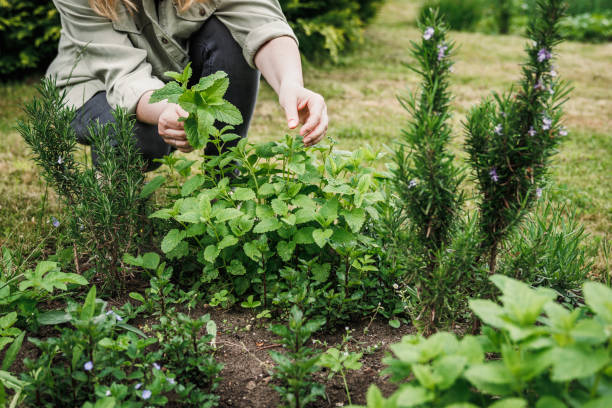
Fruits That Hang In There
We usually think of fruit as a summer thing, but some varieties don’t mind the cold. Everbearing strawberries, for example, can keep fruiting well into late autumn.

Some years, we’ve picked the last handful just before the snow rolled in.
Apples and pears are also famously frost-tolerant—at least for a light dip in temperature.
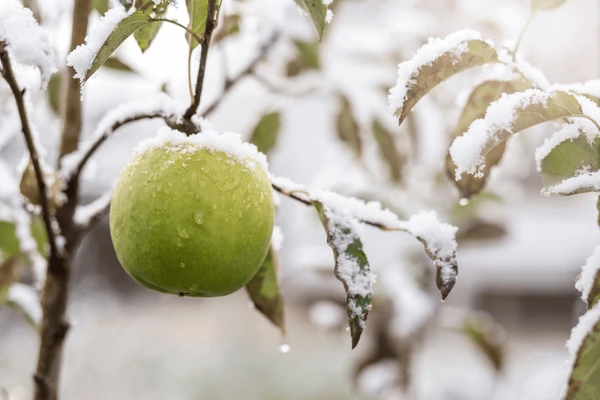
They sit pretty on the branches well into autumn, getting sweeter as they hold on.
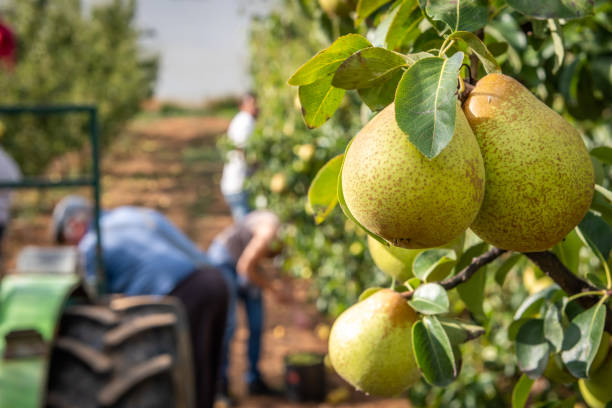
A Few Final Thoughts
Cold-climate gardening isn’t just about survival. It’s about timing and choosing the right crops.
A lot of shade-loving plants overlap with frost-tolerant varieties, which makes sense if you think about it—both thrive in lower light and cooler conditions.
Here’s a quick reference you might find helpful for your fall and winter garden planning:
| Crop Type | Cold Tolerance | Notes |
|---|---|---|
| Brussels Sprouts | Very High | Sweetens after frost |
| Carrots & Beets | High | Best flavour late season |
| Spinach & Arugula | High | Survives below freezing |
| Kale & Cabbage | Very High | Can overwinter in milder climates |
| Potatoes | Moderate | Harvest after plant dies back |
| Tatsoi & Bok Choy | High | Best under cover |
| Cilantro & Chives | High | Slow growers in cold, but persistent |
So if you’re not quite ready to say goodbye to the garden when the frost hits, you don’t have to.
With the right planning—and a bit of weather-watching—you can keep your garden productive well past the point most folks call it a season.
It’s a good feeling, pulling a beet from frozen soil or watching a kale leaf unfurl under snow. Quiet work, but it keeps the soul warm.



